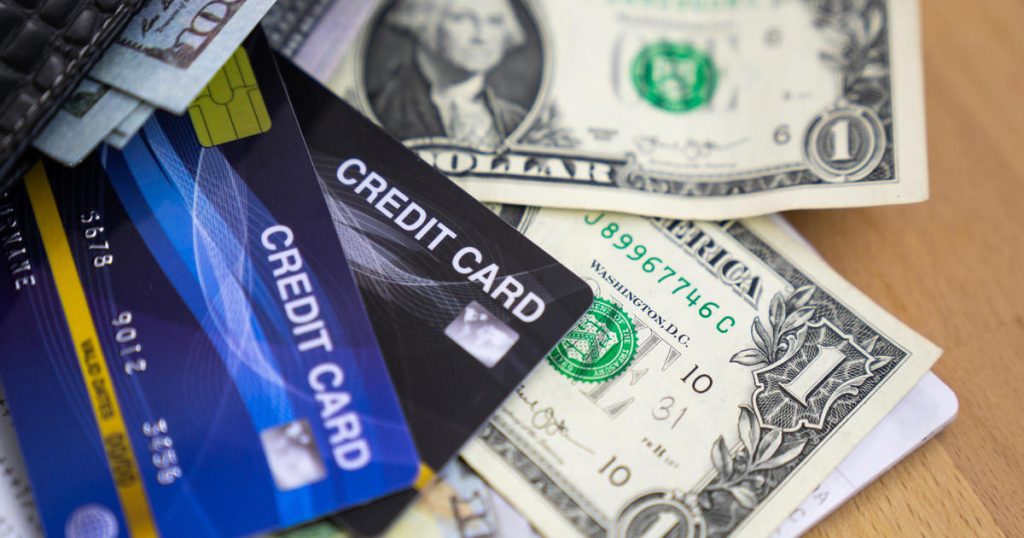The Federal Reserve is expected to cut interest rates for the first time since 2020, in order to provide relief to Americans who have amassed a $1.1 trillion mountain of credit card debt. The move is expected to reduce the benchmark rate, which is currently at its highest point in 23 years. Experts are divided on whether the Fed will implement a 0.25 percentage point cut or a larger 0.5 percentage point reduction to guard against recession risks. Millions of consumers have taken on credit card debt in recent years, with the average APR now at 24.92%, the highest since tracking began in 2019.
The average American carries a credit card balance of about $6,900, with 4 in 10 Americans holding such balances. Lowering the federal funds rate will eventually lead to lower APRs for those carrying balances. However, the impact of a 0.25 or 0.5 percentage point cut may not be significant in the short term, as it may only save borrowers a small amount in interest costs over time. The bigger impacts of rate cuts may come later when the Fed is expected to continue lowering rates into the following year. Economists predict that the federal funds rate will drop to 3% to 3.5% by May 2025.
To address credit card debt, consumers are advised to take matters into their own hands. They can consider consolidating debts with a 0% balance transfer card or opt for a personal loan, which typically has lower rates than credit cards. Shopping around and comparing rates from multiple lenders can also lead to significant savings. It is recommended that individuals explore these options to reduce their debt burdens and improve their financial situations.
The Fed’s anticipated interest rate cut is seen as a measure to assist borrowers who are struggling with high credit card debt. Lowering the federal funds rate will eventually translate into reduced APRs for individuals carrying balances. However, it is important for consumers to manage their expectations as the immediate impact of a rate cut may not be substantial. The potential savings from a 0.25 or 0.5 percentage point cut may only result in minor reductions in interest costs over time.
Given the high levels of credit card debt in the U.S., experts are suggesting that consumers explore alternative options to address their debts. Consolidating debt with a 0% balance transfer card or obtaining a personal loan are viable strategies to lower interest rates and potentially save money. Comparison shopping for loans from multiple lenders can also lead to significant cost savings. It is recommended that individuals take proactive steps to manage their debt and improve their financial well-being in the long run.















